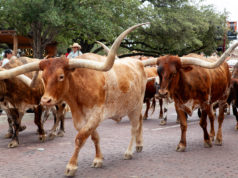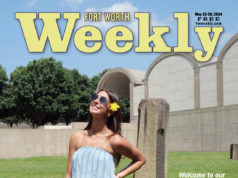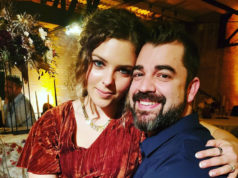Nature is hot. In September, the New Museum in New York City opened After Nature, a group show that gathered post-apocalyptic works in various media, including filmmaker Werner Herzog’s “And a Smoke Arose: Lessons of Darkness” natch. The exhibit also, according to famed New York Magazine art critic Jerry Saltz, signaled a shift from flashy art to something resembling seriousness. (Is the current recession to blame for the boom in gloom? Most likely.)
As Saltz writes, many artists – perhaps too many – had been “getting away with murder, making questionable or derivative work and selling it for inflated prices. …. Many younger artists who made a killing will be forgotten quickly. Others will be seen mainly as relics of a time when marketability equaled likability. … The good news is that, since almost no one will be selling art, artists – especially emerging ones – won’t have to think about turning out a consistent style or creating a brand. They’ll be able to experiment as much as they want.”
Ha! As on the money as Saltz is (or seems), he’s up in the epicenter of the art world, not in Fort Worth. Because here, artists have been experimenting as much as they’ve wanted for decades.
And a homer bias notwithstanding, local artists also have been serious – and about nature. At the Fort Worth Community Arts Center, three artists with local ties – Eddie Brown, Michael Daniel, and Ian Floyd – have combined to present a diverse collection of their paintings, old and new, called Horizons: An Exploration of Landscape. Floyd finds abstract-expressionism in female nudes and everyday details. Here, he magnifies the intimate details of his lithe models and other subjects into nearly indistinct and dual-tone terrain. In other words, he abstracts ideas from stone-cold reality. Eddie Brown takes a hyper-Modernist approach to his colorful, scattershot action paintings – the angular slashes and chaotic intersections that are evocative of tree limbs may, for a second, come off as just mismanaged plans of attack. Of the three artists, Brown is the most accessible, rendering his brilliant floral tableaux in ways that suggest both the topical angst of Gerhard Richter and Barnett Newman’s eloquent verticality. – A.M.











